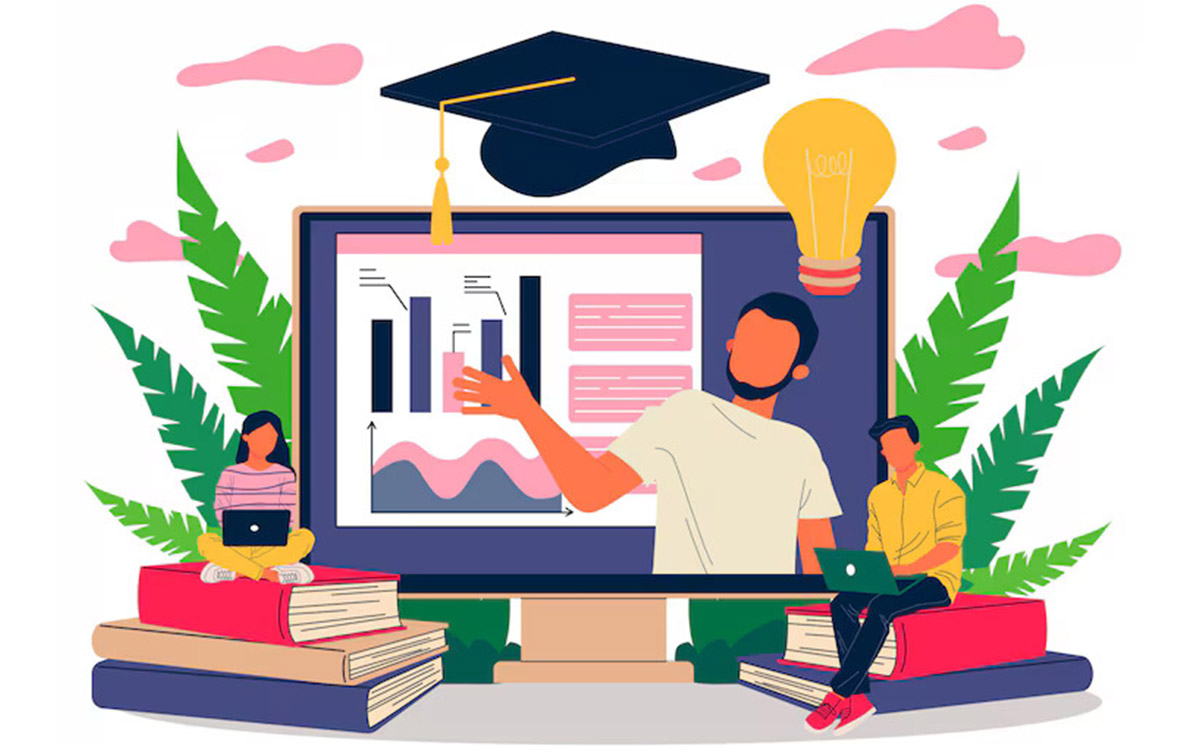3 July, 2025 | Ms. Smitha B A

Engineering has always been the foundation of progress. From the steam engine to smart cities, it has delivered technological breakthroughs that have shaped our world in transformative ways. As we move into the latter half of the 2020s, the field of engineering is undergoing unprecedented change, which is driven by rapid technological advancements, sustainability goals, and evolving societal needs.
Listed below are the key trends that are set to define the future of engineering in 2025 and beyond.
- Sustainable and Green Engineering
Climate change has shifted sustainability from a buzzword to a global imperative, and engineering, as always, stands at the forefront of this transition. The push toward cleaner energy, carbon-neutral materials, and circular economy practices is changing the way we design and construct everything from buildings to transportation systems.
Emerging Areas:
- Green buildings are to use bio-based and recyclable materials.
- Carbon capture and storage technologies.
- Eco-friendly transportation systems, like electric and hydrogen-powered vehicles.
Why does it matter?
Sustainable engineering isn’t just about reducing emissions—it’s about creating infrastructure that can withstand a changing climate, conserve resources, and protect ecosystems for future generations.
- AI, Automation, and Digital Twins
Artificial Intelligence (AI), Machine Learning (ML), and robotics are revolutionizing traditional engineering processes. These technologies are enabling engineers to optimize designs, automate repetitive tasks, and predict system failures before they happen.
A particularly transformative technology gaining traction is the Digital Twin—a virtual representation of a physical object, process, or system that can be used for simulation, monitoring, and optimization in real time.
Trending Technologies:
- Digital twins for cities, factories, and infrastructure systems.
- Generative design in CAD software for rapid prototyping.
- Autonomous systems in fields like construction, logistics, and utilities.
Why does it matter?
Digital twins provide a powerful way to test designs, predict failures, and simulate performance without physical trials. From smart buildings to entire urban systems, they allow engineers to optimize efficiency, sustainability, and safety at scale.
- Human-Centric and Bio-Engineering Innovations
Engineering and biology are coming together in powerful new ways—reshaping healthcare, assistive tech, and even the human body itself. With technology becoming more personalized, engineers are now designing systems that put people first: prioritizing well-being, accessibility, and real-world needs.
What’s emerging:
- Brain-computer interfaces (BCIs) that allow people to control devices with their minds.
- 3D-printed organs and tissue scaffolds for life-saving regenerative medicine.
- Assistive technologies designed for older adults and people with disabilities.
Why does it matter?
Engineering is becoming deeply personal. These innovations empower people to live longer, healthier, and more independent lives—breaking barriers and improving quality of life for all.
- The Rise of Interdisciplinary and Systems Engineering
The big problems we face today—climate change, smart infrastructure, global health—are too complex for one field to tackle alone. That’s why the future of engineering lies in collaboration across disciplines. When civil, mechanical, software, and environmental engineers come together, they create smarter, more resilient systems.
What’s shaping the field:
- Smart cities that combine civil, electrical, and software engineering.
- AI-powered mobility solutions using IoT and real-time data.
- Cyber-physical systems that seamlessly connect digital and physical worlds.
Why does it matter?
Solving real-world problems requires systems-level thinking. Engineers must understand how parts interact within a whole. Tools like digital twins are essential here, providing a dynamic way to simulate, analyze, and optimize across entire ecosystems.
- Engineering Education is Evolving
To meet the demands of current trends and technologies, engineering education is also transforming. It is no longer just about lectures and lab reports, but about hands-on experiences, ethical thinking, and interdisciplinary learning that mirrors the real world.
What educators are focusing on:
- Project-based learning and real-world problem solving.
- Ethics, sustainability, and social impact as core values.
- AI, coding, and data literacy integrated into core curricula.
- Collaboration and communication as essential engineering skills.Why does it matter?Engineers of the future won’t just build—they’ll lead, question, and innovate across borders and boundaries. Exposure to simulation platforms and digital twin technologies is becoming a core part of that training.
Looking Ahead
Engineering is no longer just about solving equations or designing machines. It’s about solving real human problems—at every scale, from nano-devices to global systems. Whether we are reversing climate change, exploring Mars, or making technology more inclusive, engineering is at the heart of it all.
So, whether you are a student exploring your path or a professional shaping your career, the message is clear: stay curious, keep learning, and collaborate widely.
Because the future of engineering is not just about building things but about building a better world.


Ms. Smitha B A
Assistant Professor
Dept. of CSE (Data Science)
Read More







